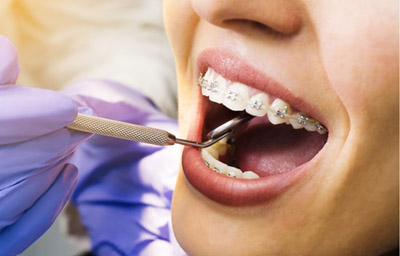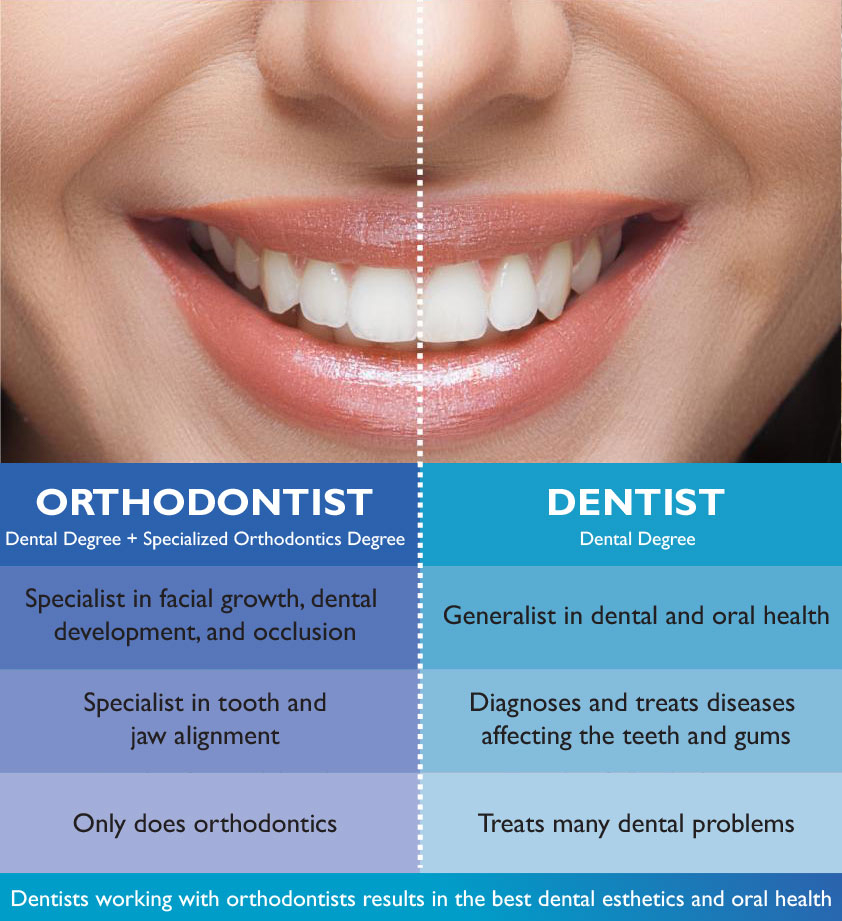Everything about Causey Orthodontics
Table of ContentsSee This Report on Causey OrthodonticsThe Main Principles Of Causey Orthodontics The 10-Minute Rule for Causey OrthodonticsThe Of Causey OrthodonticsThe Greatest Guide To Causey Orthodontics
Ignoring occlusal relationships, it was common to remove teeth for a selection of dental issues, such as malalignment or congestion. The idea of an undamaged teeth was not extensively valued in those days, making bite connections seem pointless. In the late 1800s, the concept of occlusion was crucial for producing reliable prosthetic substitute teeth.As these concepts of prosthetic occlusion advanced, it came to be an indispensable tool for dental care. It was in 1890 that the work and effect of Dr. Edwards H. Angle started to be really felt, with his contribution to modern-day orthodontics especially noteworthy. Concentrated on prosthodontics, he taught in Pennsylvania and Minnesota prior to guiding his interest towards dental occlusion and the treatments required to preserve it as a regular problem, hence coming to be understood as the "dad of contemporary orthodontics".

The concept of optimal occlusion, as postulated by Angle and included into a category system, allowed a shift in the direction of treating malocclusion, which is any type of discrepancy from typical occlusion. Having a full set of teeth on both arches was extremely sought after in orthodontic therapy due to the need for specific partnerships in between them.
Causey Orthodontics Can Be Fun For Everyone
As occlusion became the essential concern, facial proportions and looks were disregarded - Causey Orthodontics. To achieve suitable occlusals without using outside pressures, Angle postulated that having best occlusion was the very best way to obtain optimal facial aesthetic appeals. With the passing away of time, it became quite evident that also a phenomenal occlusion was not suitable when considered from a visual perspective
Charles Tweed in America and Raymond Begg in Australia (who both examined under Angle) re-introduced dentistry removal right into orthodontics during the 1940s and 1950s so they might boost face esthetics while also making certain much better security worrying occlusal relationships. In the postwar duration, cephalometric radiography begun to be utilized by orthodontists for measuring changes in tooth and jaw position triggered by development and treatment. It ended up being obvious that orthodontic therapy might adjust mandibular advancement, resulting in the formation of useful jaw orthopedics in Europe and extraoral force procedures in the US. These days, both functional home appliances and extraoral gadgets are used around the globe with the aim of changing development patterns and types. Consequently, seeking true, or a minimum of boosted, jaw relationships had come to be the primary purpose of therapy by the mid-20th century.
The Main Principles Of Causey Orthodontics
 The American Journal of Orthodontics was created for this objective in 1915; prior to it, there were no scientific purposes to comply with, neither any exact category system and brackets that lacked features. Until the mid-1970s, braces were made by wrapping metal around each tooth. With developments in adhesives, it ended up being feasible to rather bond steel brackets to the teeth.
The American Journal of Orthodontics was created for this objective in 1915; prior to it, there were no scientific purposes to comply with, neither any exact category system and brackets that lacked features. Until the mid-1970s, braces were made by wrapping metal around each tooth. With developments in adhesives, it ended up being feasible to rather bond steel brackets to the teeth.This has had significant results on orthodontic therapies that are administered regularly, and these are: 1. Proper interarchal relationships 2. Correct crown angulation (tip) 3.
The advantage of the style hinges on its bracket and archwire combination, which needs just marginal cord bending from the orthodontist or clinician (best orthodontist near me). It's appropriately named after this function: the angle of the port and density of the brace base ultimately determine where each tooth is situated with little demand for added manipulation
Not known Factual Statements About Causey Orthodontics
Both of these systems utilized identical braces for each and every tooth and necessitated the bending of an archwire in 3 planes for finding teeth in their wanted settings, with these bends determining utmost placements. When it concerns orthodontic home appliances, they are divided into 2 types: removable and dealt with. Removable home appliances can be taken on and off by the client as required.

Hence, nearly all contemporary fixed appliances can be taken into consideration variants on this edgewise appliance system. Early 20th-century orthodontist Edward Angle made a major contribution to the world of dental care. He developed four distinctive device systems that have actually been utilized as the basis for many orthodontic treatments today, disallowing a few exemptions.
Causey Orthodontics - An Overview

The wire finished in a string, and to relocate it forward, a flexible nut was utilized, which enabled a rise in area. By ligation, each individual tooth was connected to this large archwire (Causey Orthodontics). As a result of its limited array of activity, Angle was not able to attain specific tooth positioning with an E-arch
These tubes held a firm pin, which could be repositioned at each visit in order to relocate them in location. Called the "bone-growing home appliance", this gizmo was theorized to motivate much healthier bone development because of its possibility for moving force straight to the roots. Nonetheless, implementing it showed frustrating in truth.